Polish Orthodoxy—the Feast of the Suprasl Icon of the Mother of God
The Church of St. John the Theologian was built in 1501, and the Church of the Annunciation was established in the years 1503-1511. The monastery developed into a theological and Slavic cultural center with close ties to the Kiev Caves Lavra, Mount Athos, and monasteries throughout Russia, Serbia, and Bulgaria. With its spiritual influence the monastery became a target for Uniate takeover against which it valiantly struggled, although the monastery was forced into the Papist communion around 1600. Finally the monks declared their desire to return to Orthodoxy in 1824, which was accomplished after the synod in Pock in 1839. The monastery returned to its sixteenth century traditions and flourished and was greatly renovated. This period continued until 1915 when the majority of Orthodox people were evacuated to Russia by order of the Tsar to escape the invading German forces, taking with them the miraculous Suprasl Icon. The monastery underwent hard times beginning in 1919 when it was taken over by the state and its buildings were later given to the school of agriculture. The monastery was reestablished in 1984 and was returned to the Church in 1993. From that time the monastery has been actively renewing itself with approximately twenty monks presently in residence.
The miraculous Suprasl Icon was commissioned in 1503 by the monastery’s founder, Metropolitan Jozef Soltan, as a copy of the eleventh century Smolesnk Icon in the Hodigitria style. The icon became one of the most venerated throughout the region with many miracles attributed to it. When the monks fled to Russia in 1915 they took with them the miraculous icon which was lost and later found destroyed. The monastery’s current icon is a copy painted one hundred years ago for the 400th anniversary of the monastery and enjoys wide veneration by the faithful of Poland and beyond.
We would like to thank the photographers who submitted their work to the Polish website Cerkiew.pl: Rita Żuchowska, Alexander Smoktunowicz, Timofiej Kozka, Aleksander Wasyluk, Jarosław Charkiewicz, and Marcin Surynowicz, and to the site for giving us the permission to post this photo gallery.
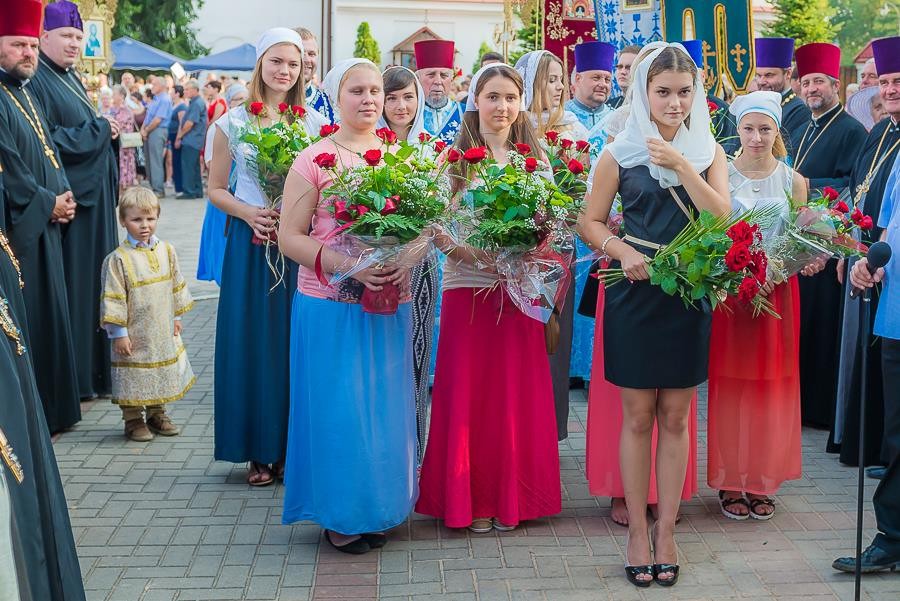
Photo: Polish website Cerkiew.pl
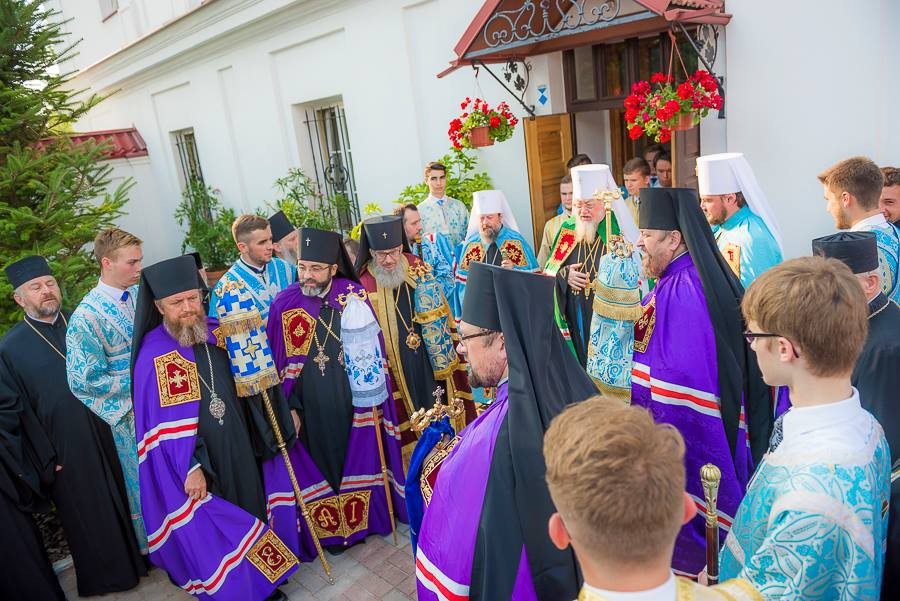
Photo: Polish website Cerkiew.pl
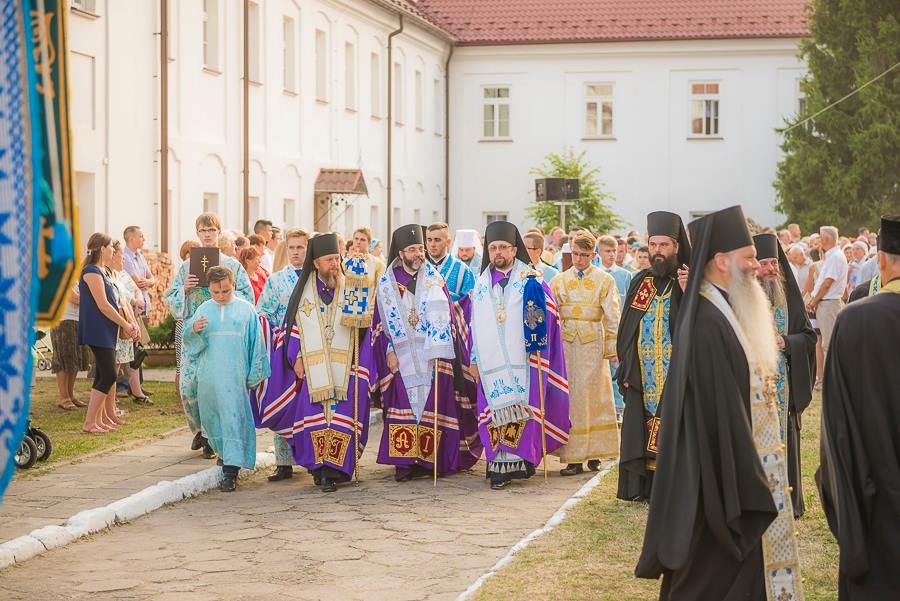
Photo: Polish website Cerkiew.pl

Photo: Polish website Cerkiew.pl
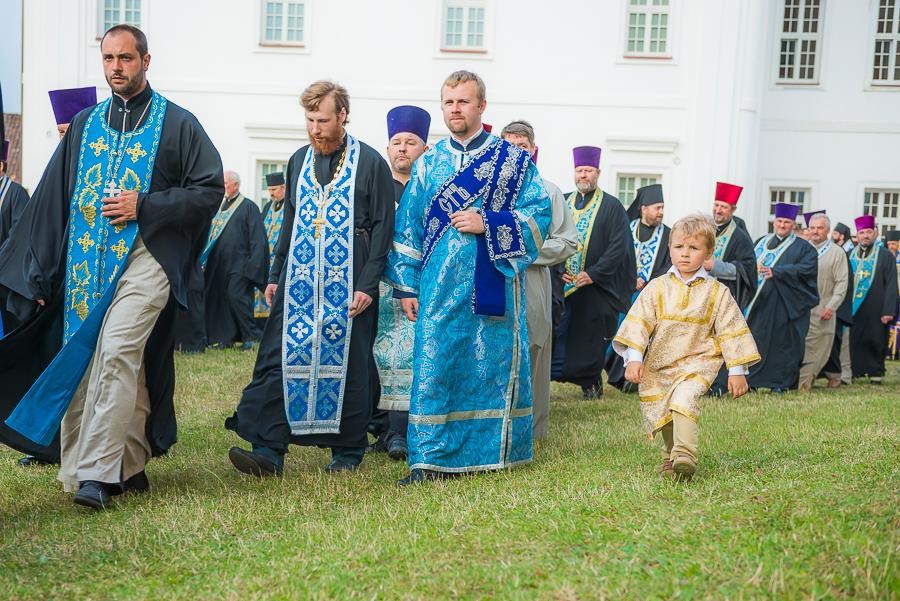
Photo: Polish website Cerkiew.pl

Photo: Polish website Cerkiew.pl
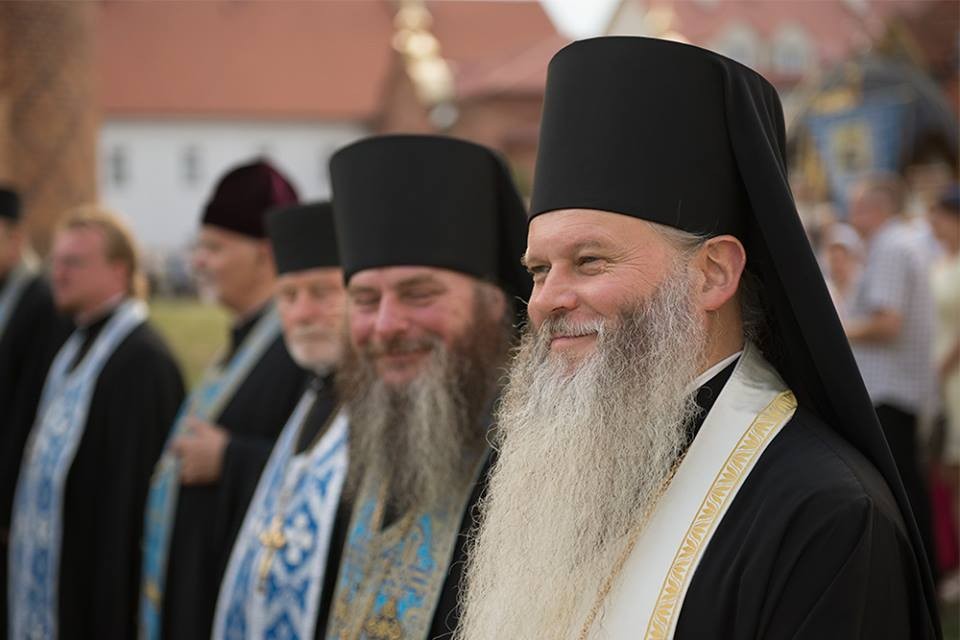
Photo: Polish website Cerkiew.pl
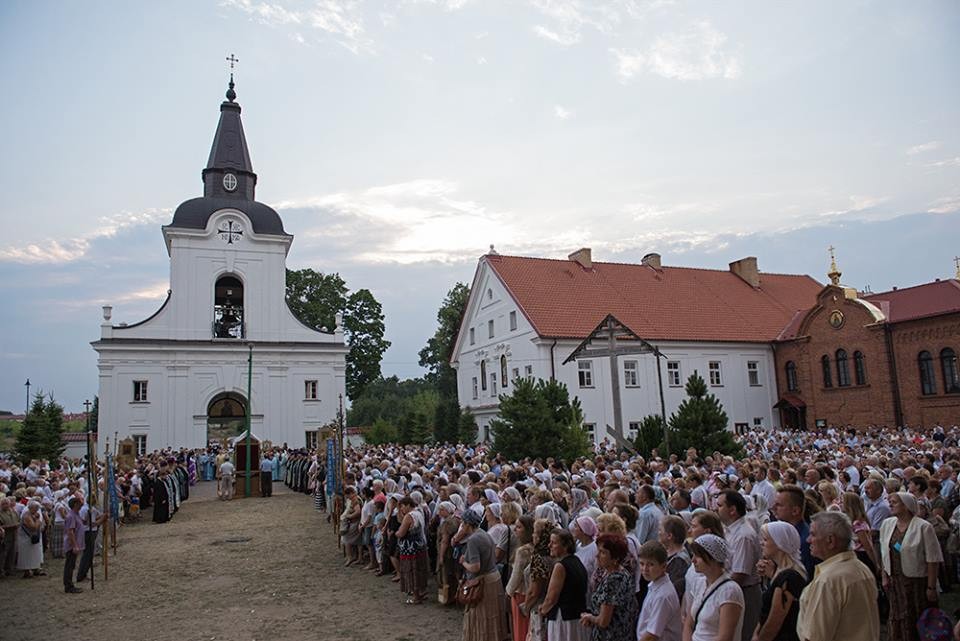
Photo: Polish website Cerkiew.pl
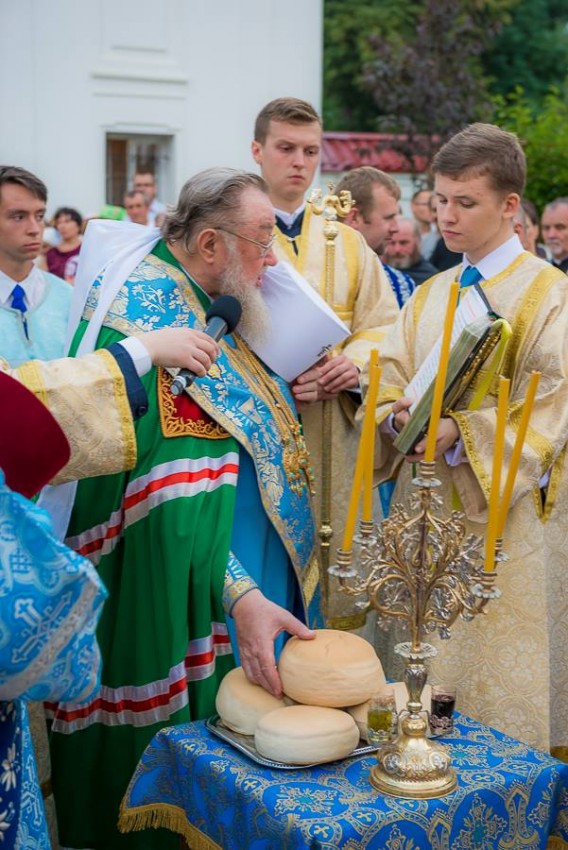
Photo: Polish website Cerkiew.pl
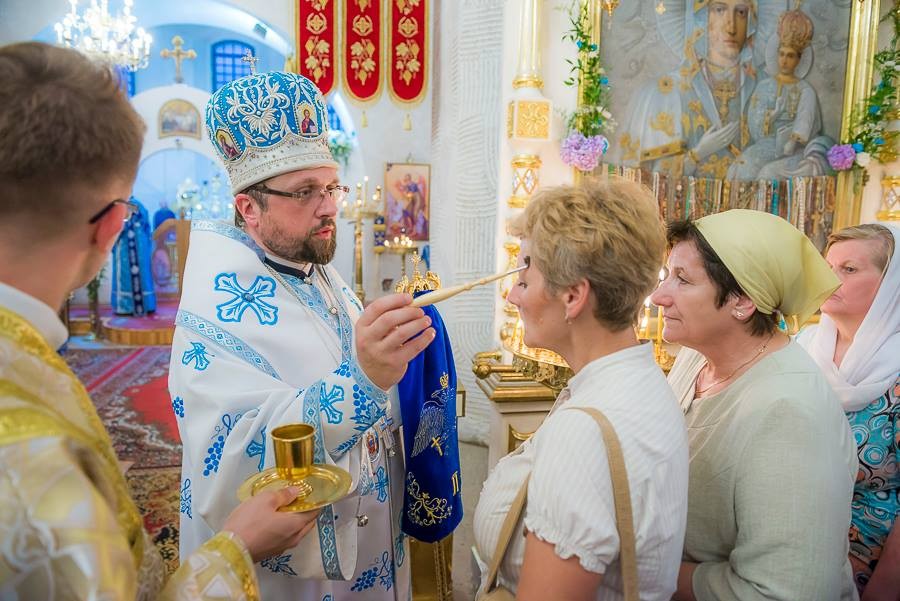
Photo: Polish website Cerkiew.pl
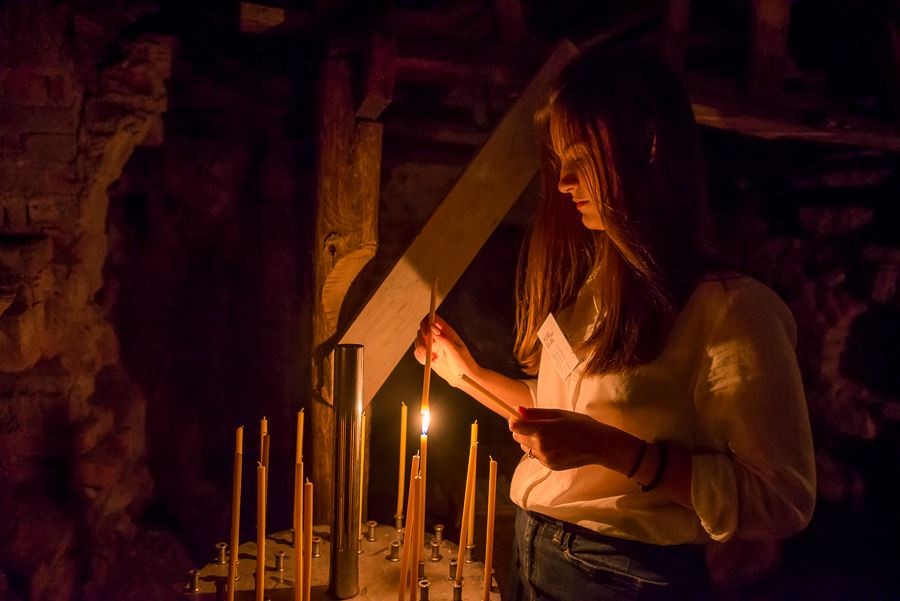
Photo: Polish website Cerkiew.pl
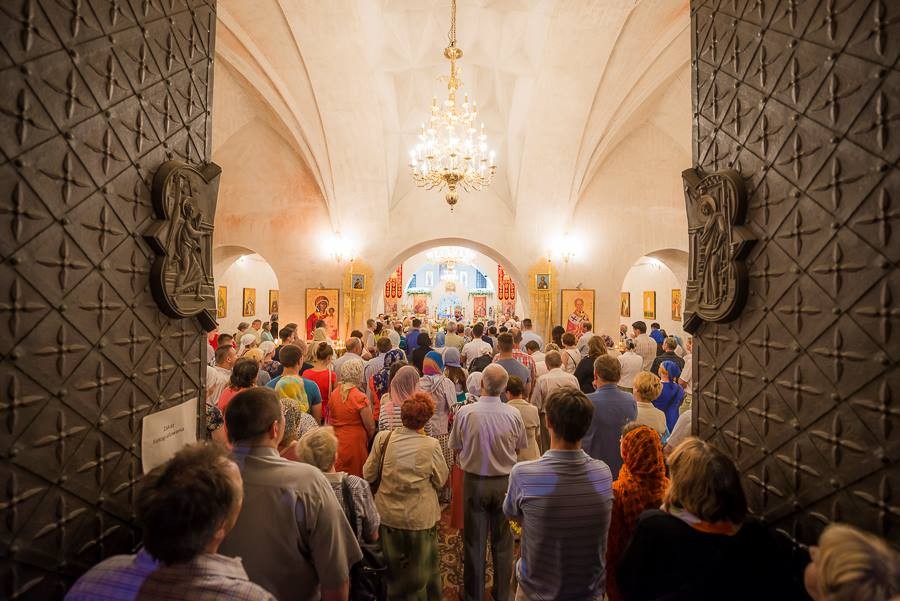
Photo: Polish website Cerkiew.pl

Photo: Polish website Cerkiew.pl
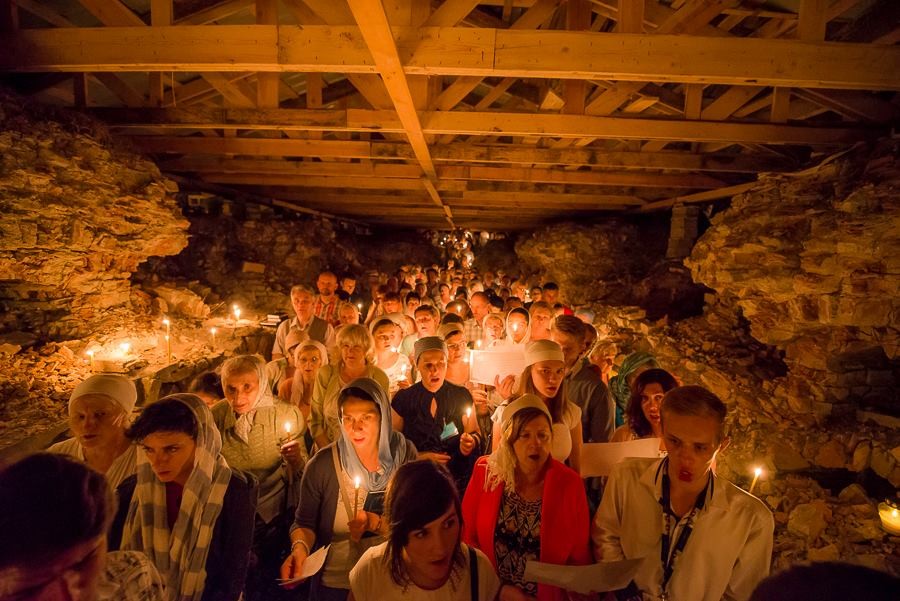
Photo: Polish website Cerkiew.pl
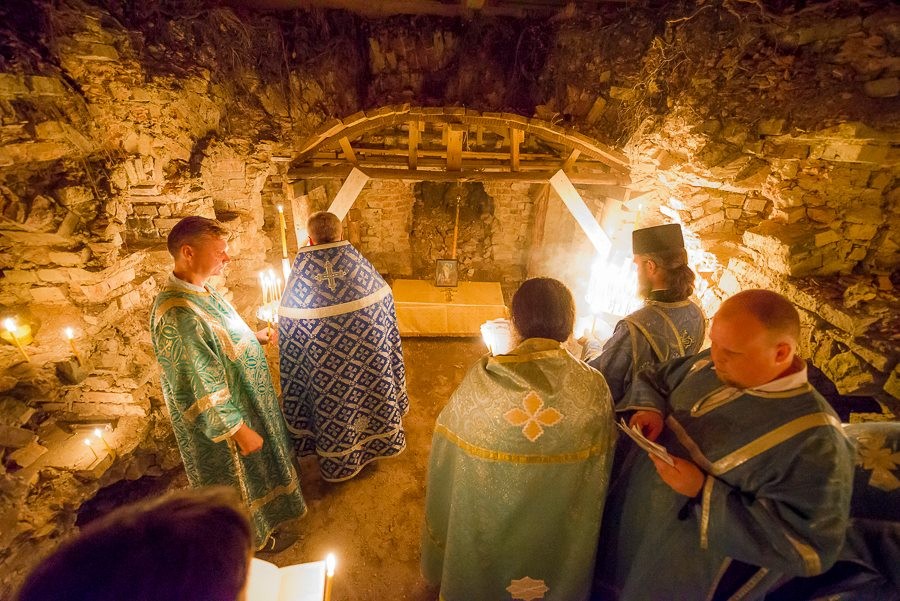
Photo: Polish website Cerkiew.pl
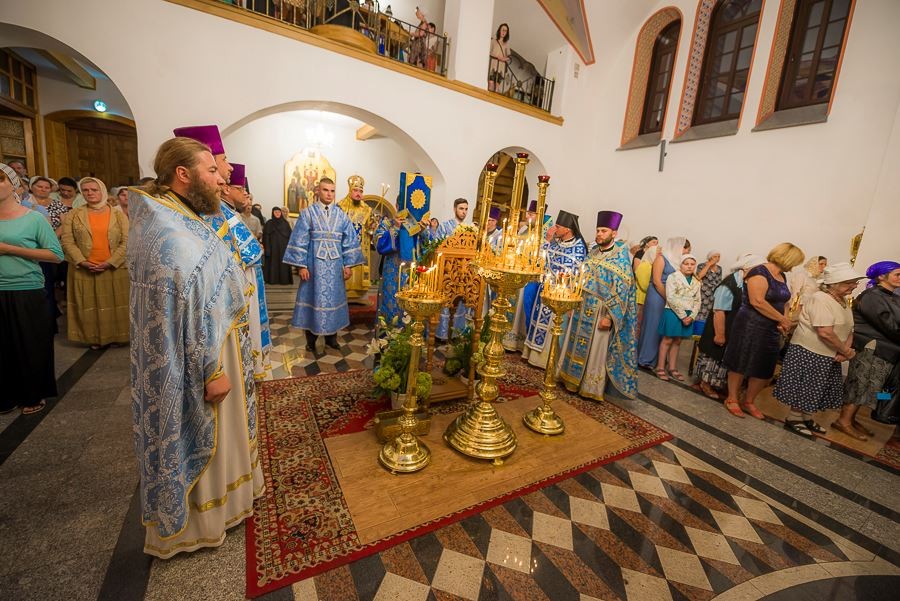
Photo: Polish website Cerkiew.pl
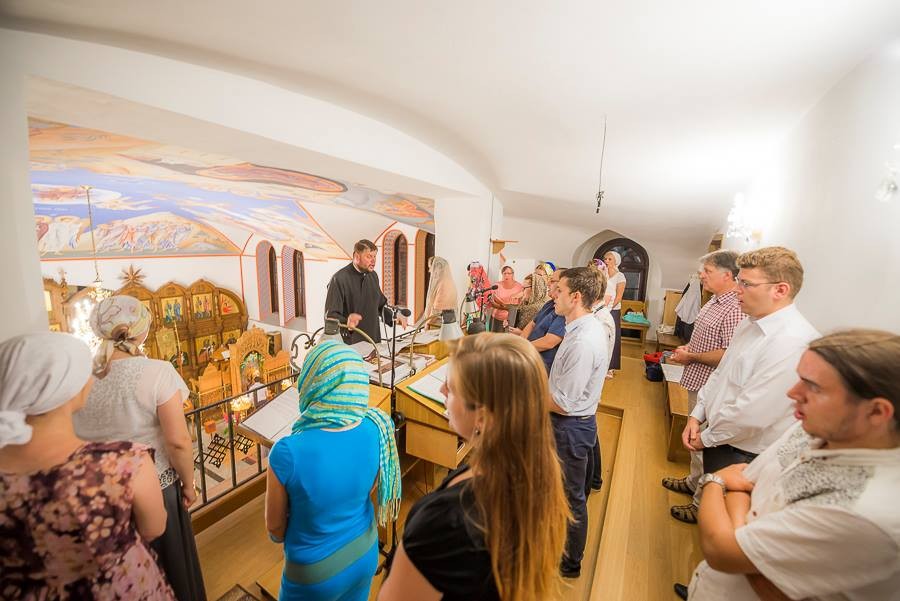
Photo: Polish website Cerkiew.pl
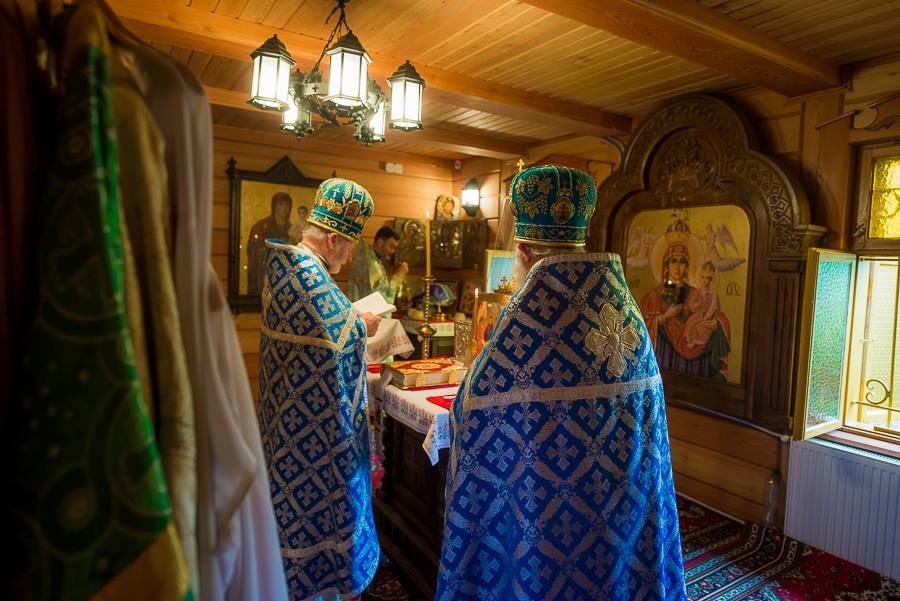
Photo: Polish website Cerkiew.pl

Photo: Polish website Cerkiew.pl
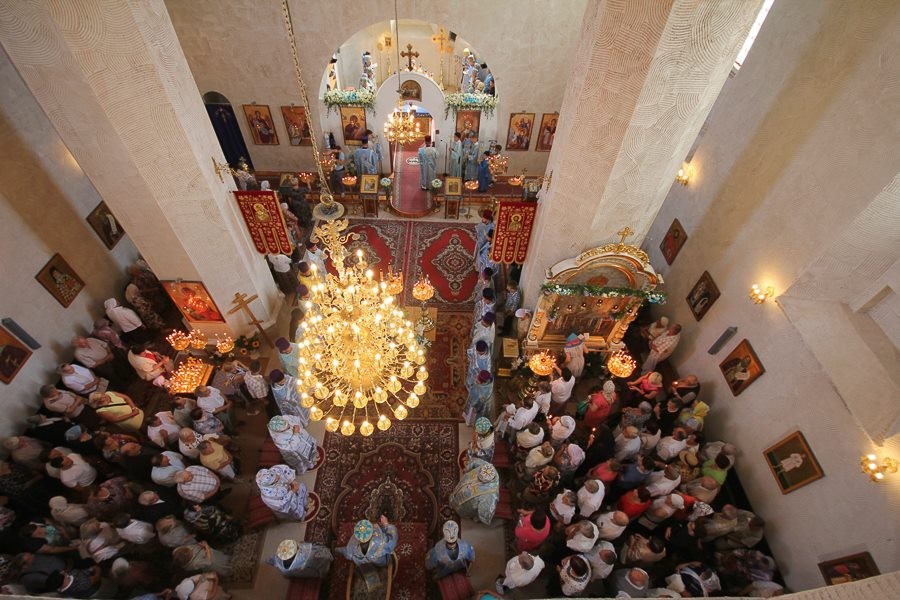
Photo: Polish website Cerkiew.pl
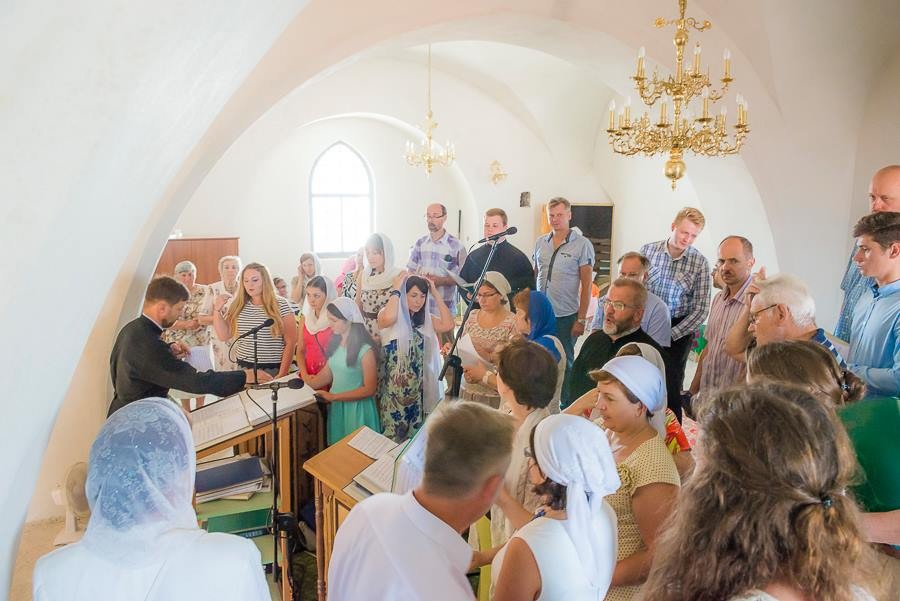
Photo: Polish website Cerkiew.pl
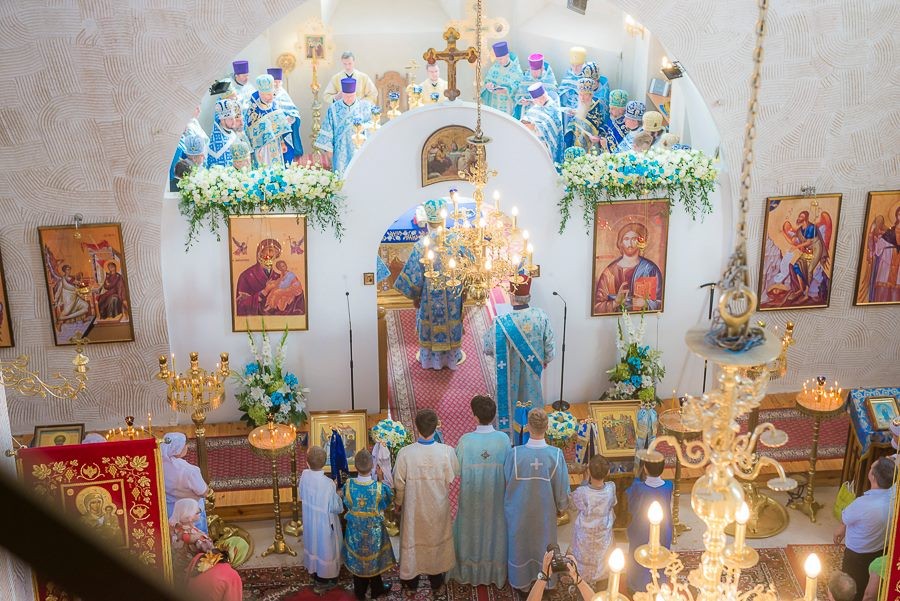
Photo: Polish website Cerkiew.pl
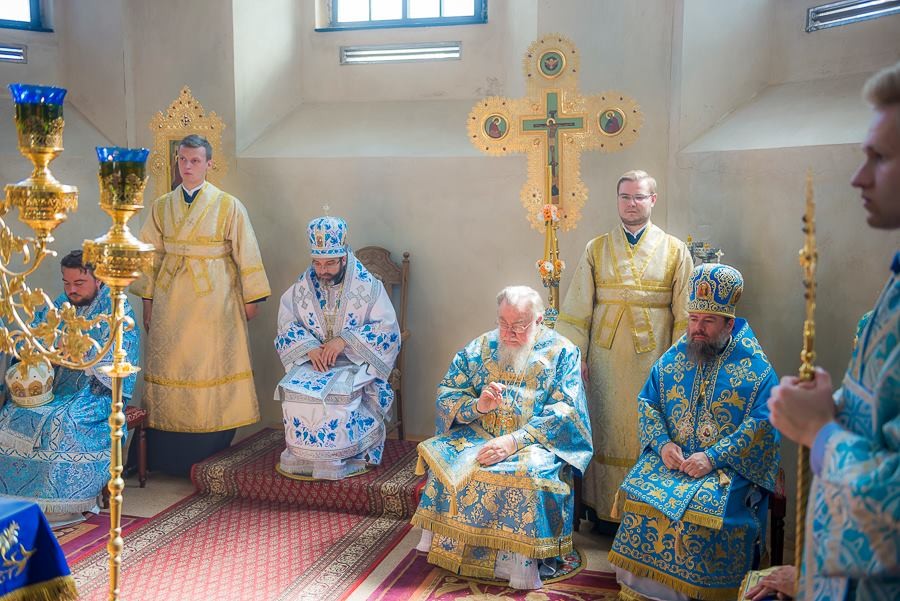
Photo: Polish website Cerkiew.pl
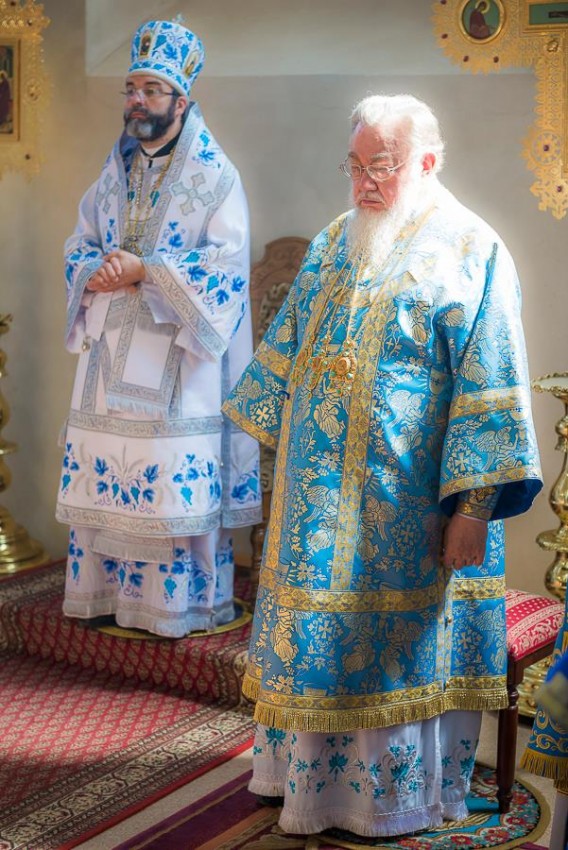
Photo: Polish website Cerkiew.pl
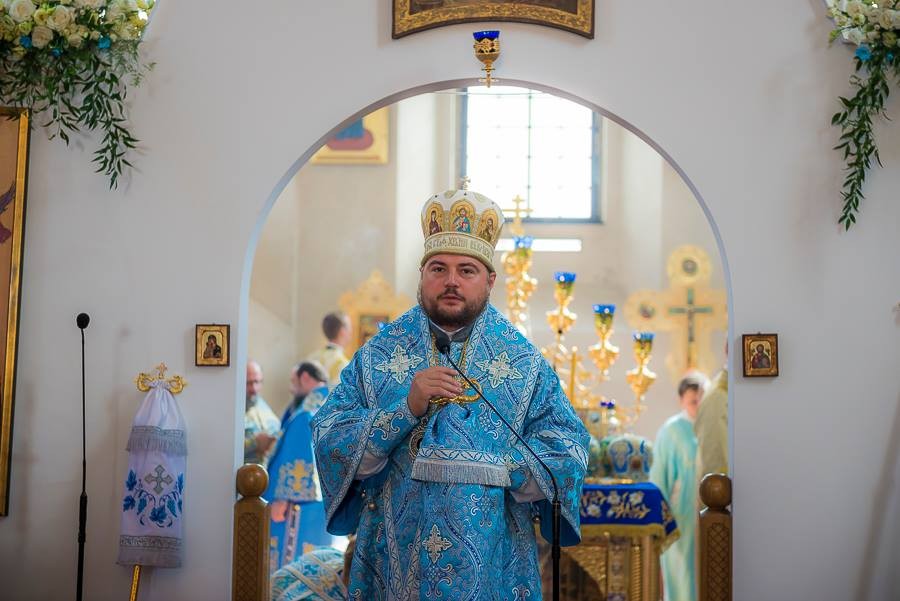
Photo: Polish website Cerkiew.pl
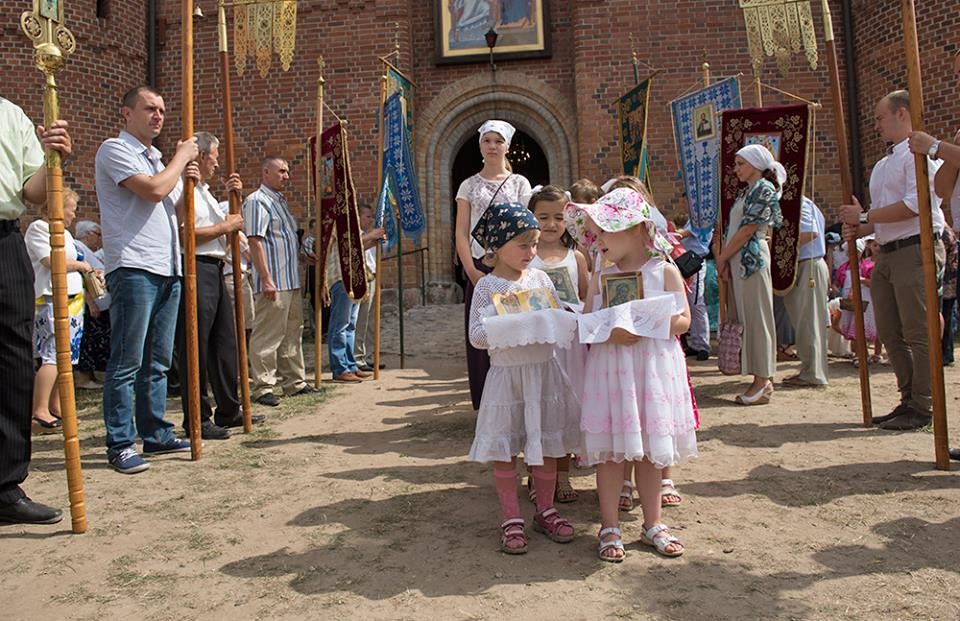
Photo: Polish website Cerkiew.pl
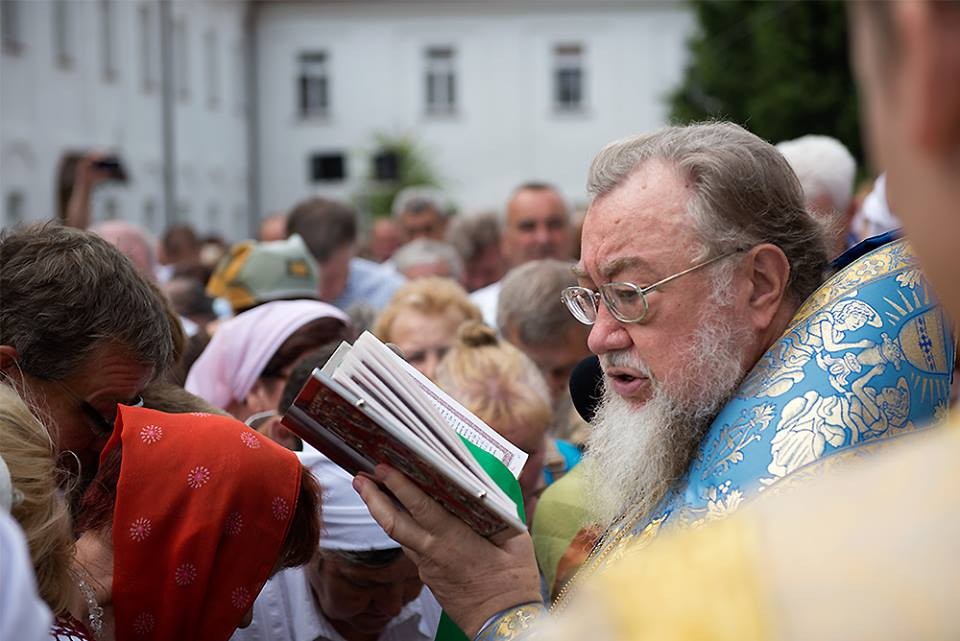
Photo: Polish website Cerkiew.pl

Photo: Polish website Cerkiew.pl
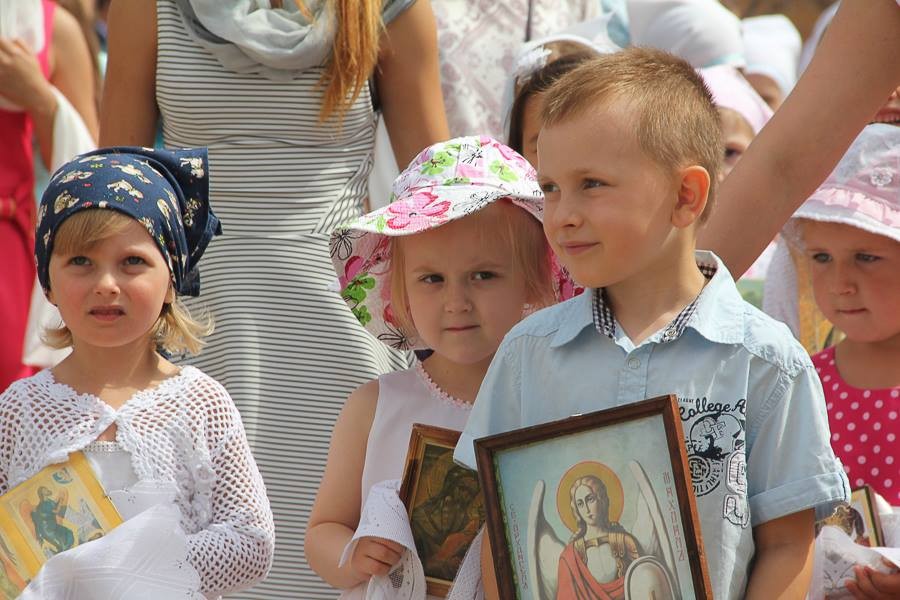
Photo: Polish website Cerkiew.pl
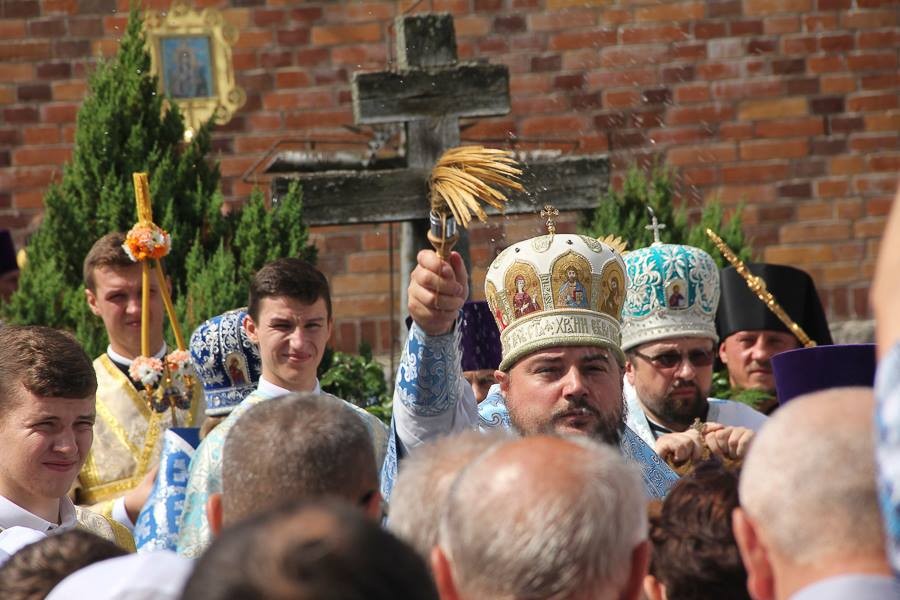
Photo: Polish website Cerkiew.pl
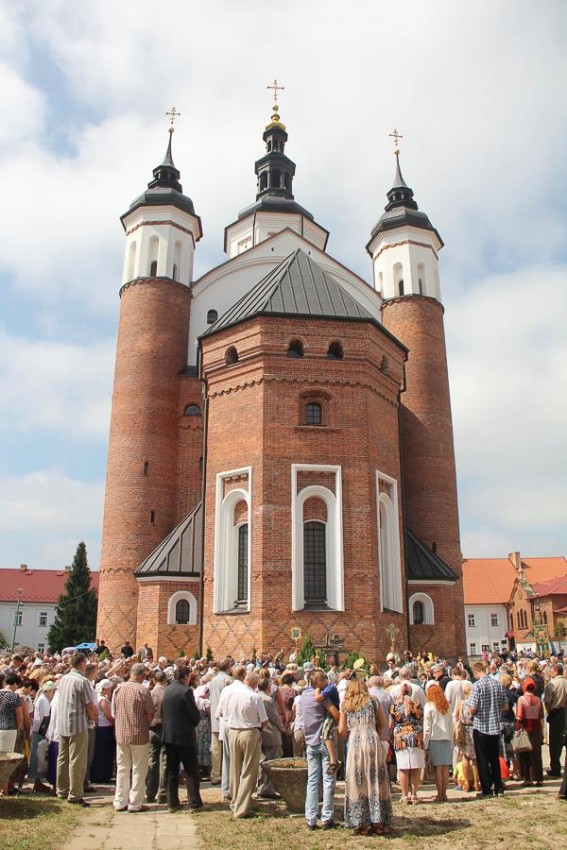
Photo: Polish website Cerkiew.pl
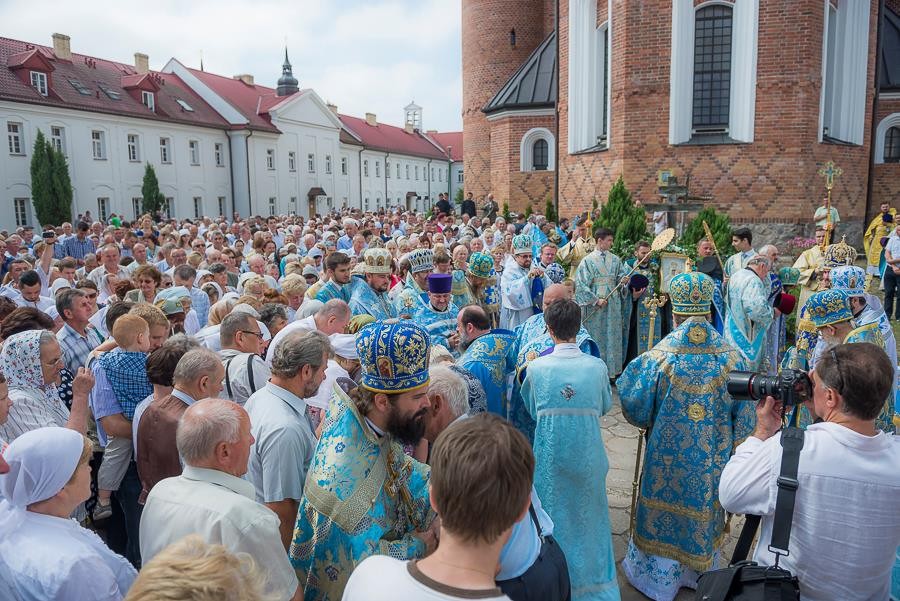
Photo: Polish website Cerkiew.pl
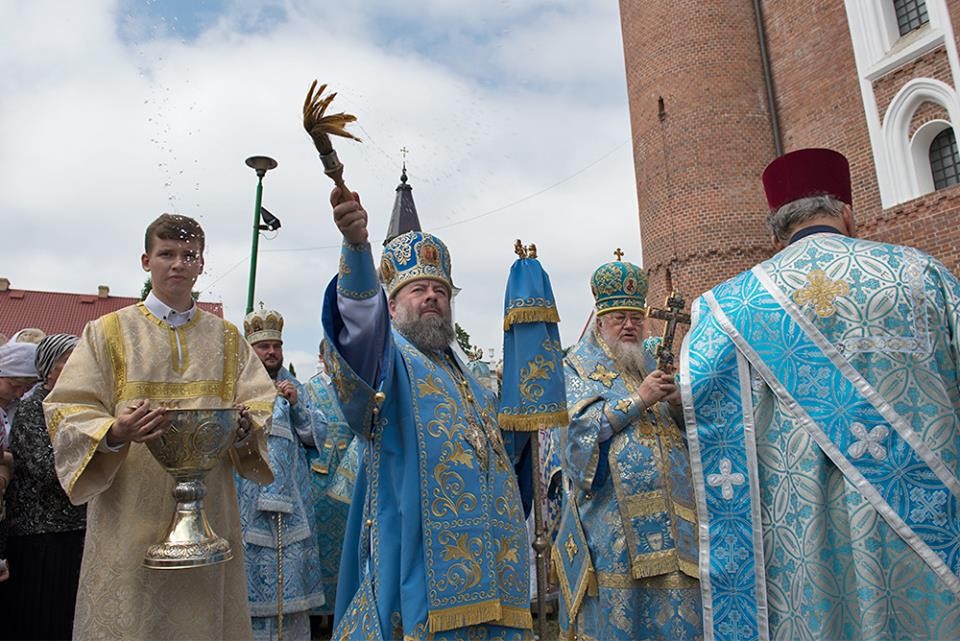
Photo: Polish website Cerkiew.pl
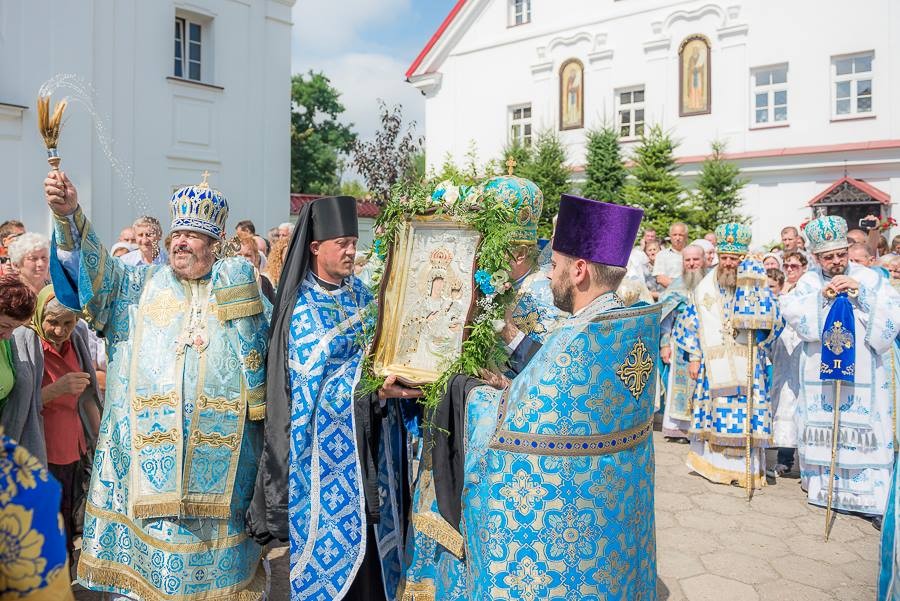
Photo: Polish website Cerkiew.pl
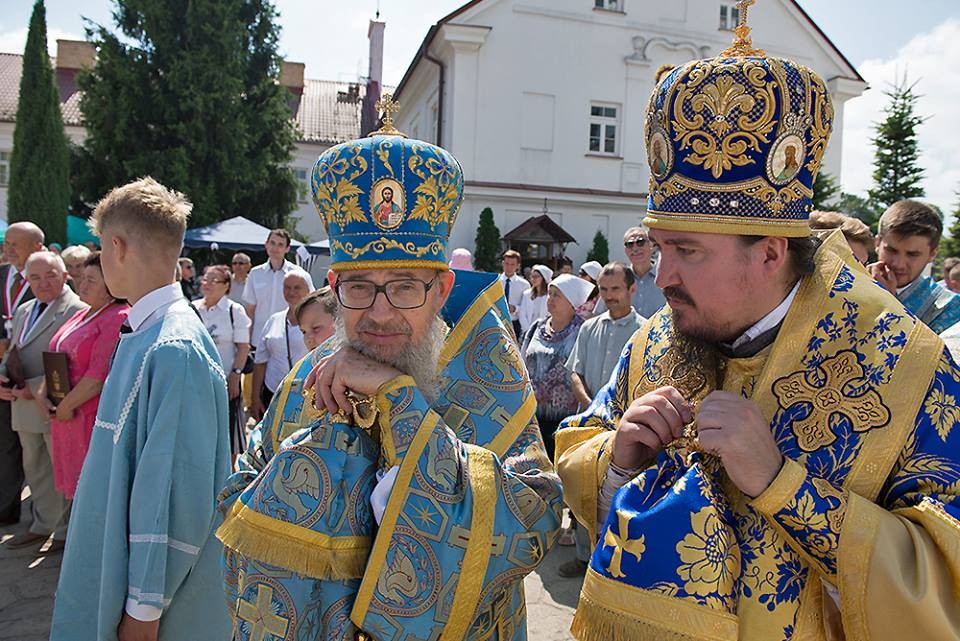
Photo: Polish website Cerkiew.pl
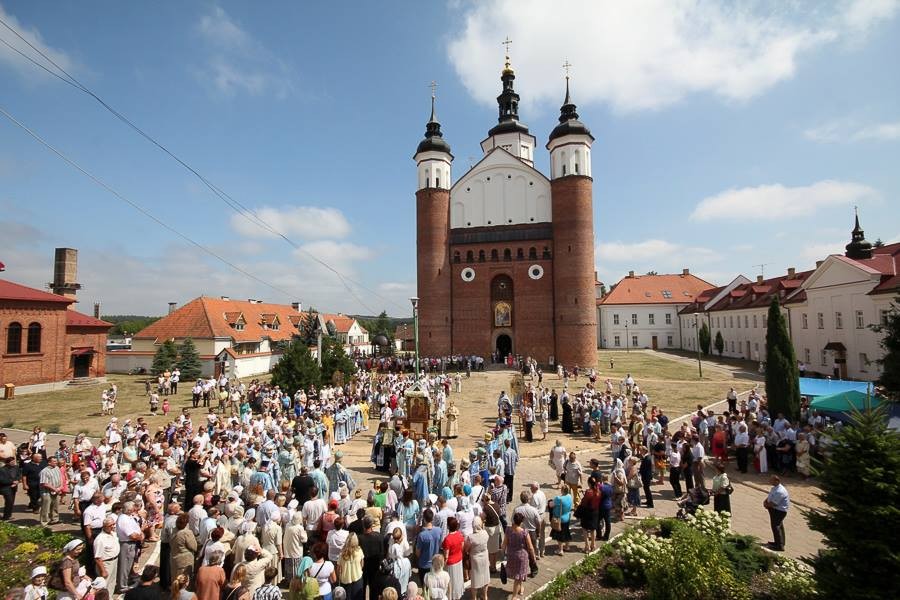
Photo: Polish website Cerkiew.pl
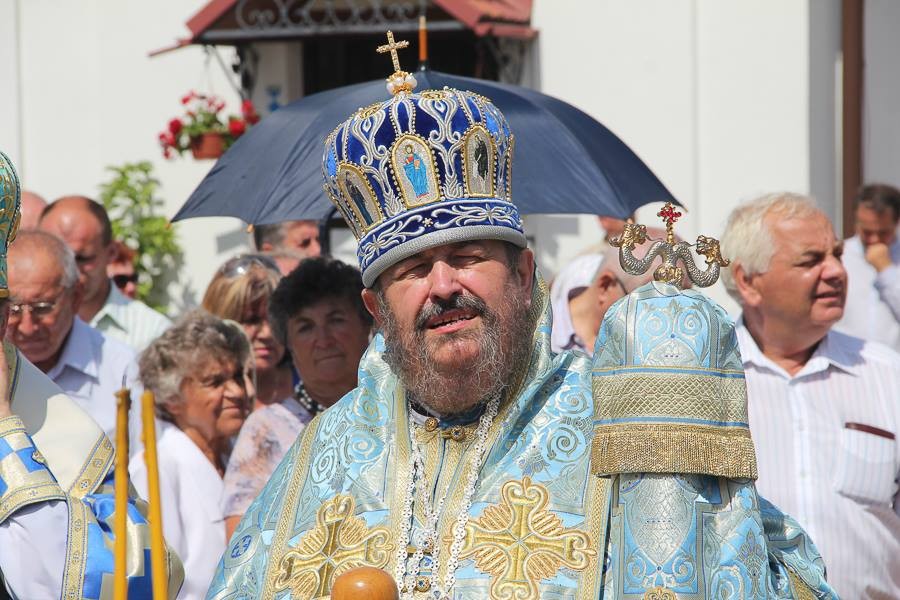
Photo: Polish website Cerkiew.pl
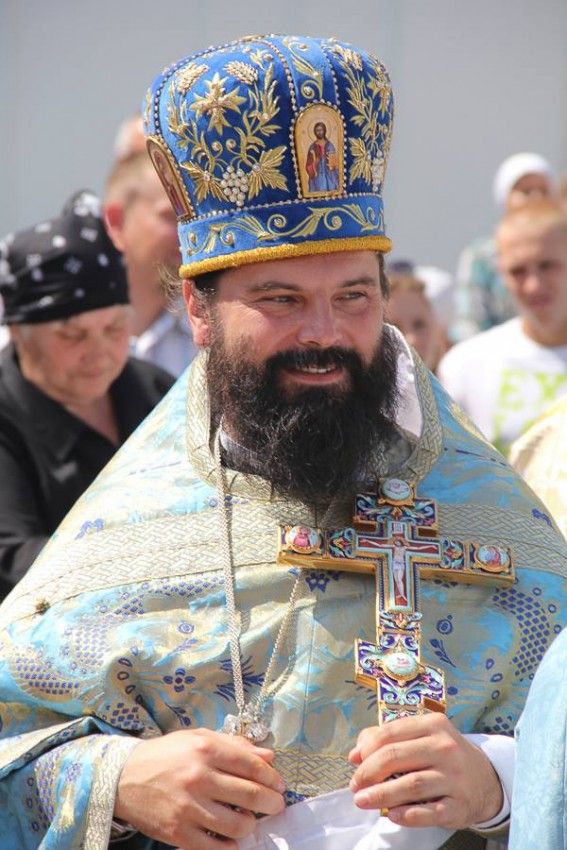
Photo: Polish website Cerkiew.pl
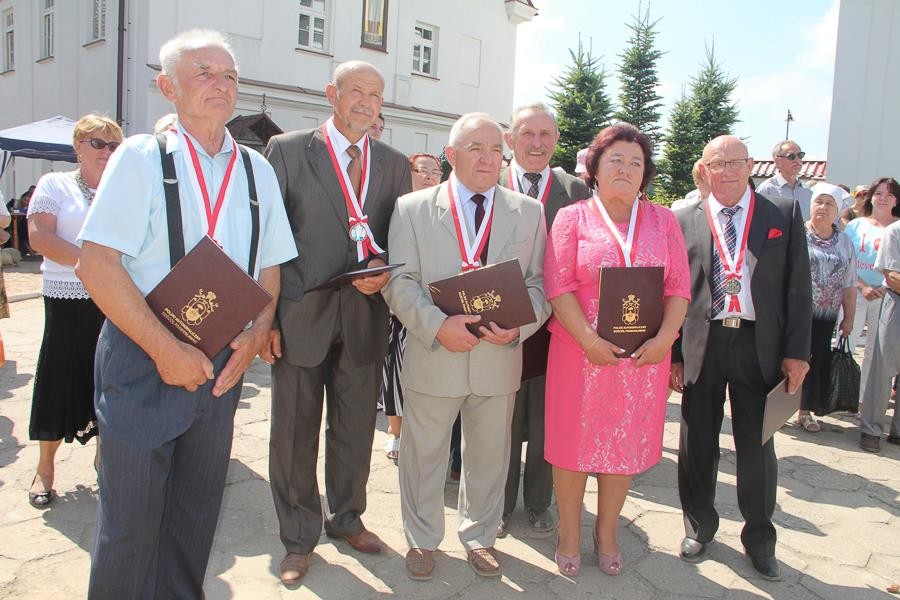
Photo: Polish website Cerkiew.pl
